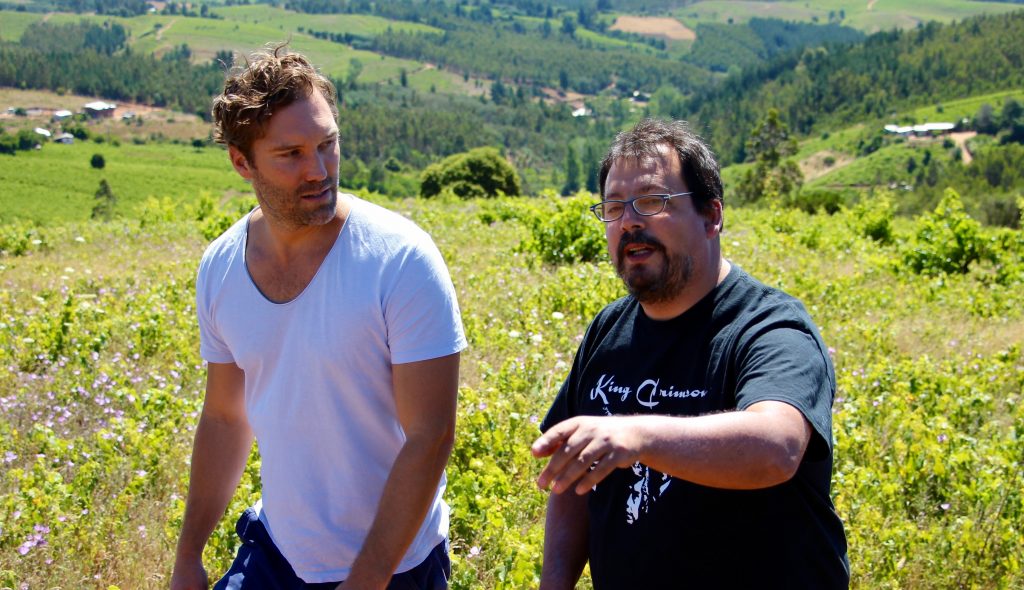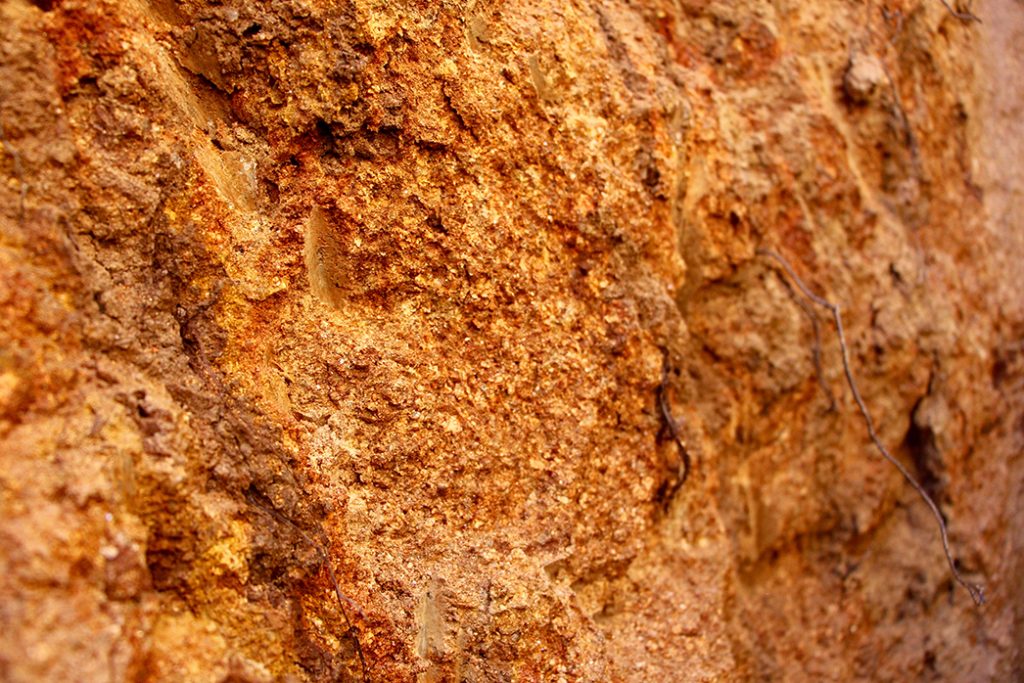
As Pedro said, “Chile is deeply wrong with wine,” the tempo of the Wayne Shorter seemed to pick up. “Chile has a great geology, with different climates, but the wines are mostly the same… but in a bad way,” he said , pushing his glasses up the ridge of his nose (he does this about every minute while he talks). “Everything is focused around Santiago and everyone tries too hard to emulate the bigger wines of the world.”
Chile suffers a similar challenge to my home state, California. Like many of California’s top growing regions, Casablanca is conveniently accessible to a major metropolitan area. And like California, a lot of regions in Chile are on somewhat uninteresting soils. These areas are often chosen by lifestyle winemakers and investors, Santiago’s affluent, who pass through Casablanca on the one hour drive to their coastal summer homes near Viña del Mar, Chile’s second largest city. They don’t want to give up easy access to the conveniences of urban cultures and sunny weather to work in rugged terroirs with interesting soils that are off the beaten wine path. Wine regions in Europe are different; many suitable terroirs just happen to be relatively close to urban centers.
In France, Paris is inside a massive geological formation known as the Paris Basin, famous for its limestone and chalk vineyards—home to Champagne, Chablis and the Loire Valley—most of which are little farther than a two-hour drive. In France’s second city largest city, Lyon, vineyards begin where suburbia ends. The ancient granite soils of Beaujolais are only forty minutes north from the city center, while towards the south, the schists and granites of the Northern Rhone Valley are even closer. The Savoie, another geological wonderland, is just an hour and a half to the east, towards the Alps. Each of these region’s wines are distinctly marked by their rocks and soils as much as they are by the climate and grape variety.
Pedro continued, “people tell me that their soils are clay, or loamy-clay, or sandy-loam, but I don’t care about the grain of the soil. I want to know if the sand or clay is a limestone-rich clay, or granite sand, etc. Most people don’t realize it, but it makes a difference what those clays and sands are made of.”
Rocks, like granites, schists, slates (most famously in Germany) and limestones are endowed with distinctively influential attributes that undoubtedly impose a geological imprint on wine. Many new world regions don’t have these distinguished mother rocks and their decomposed topsoils. Without a soil that speaks its own distinct language, the natural tendency is to compensate by relying on enological and viticultural techniques, unnatural amendments and fertilizers, and drip irrigation where there is not enough precipitation. (It’s sunny all the time, a great place to live!). Regions with low precipitation or soils that have very little water retention often need drip irrigation. This crutch could be the greatest hurdle in producing a wine with the potential for a strong soil expression.
Imagine a drip-line water emitter in the same exact location throughout the year. The vine is like my Italian friend, Antonio; it will always do the minimum to get its needs met. Under irrigation, it will naturally form most of its roots around the 5-inch diameter of the drip area, close to the surface of the soil and spend the rest of the day at the beach instead of working hard to dig deeper. A supporting argument for drip irrigation is that if the drip is sustained long enough in the same spot it will soak deep into the soil. This would encourage the vine to seek water further down, giving it access to the underlying complexity of the soil/bedrock below.
There is logic to this theory, but it may also be a good argument against drip irrigation; if the root system were confined to take in nutrients only from the narrow strip of soil directly below the drip line (even if it were 2 meters below the topsoil), is this enough to give the wine the depth of personality of a vine whose roots have explored the soil in every imaginable direction?
There will always be exceptionally talented winemakers who make delicious, well-made wines from most soil types. There are a lot of winemakers in the New World that express very well the varietal and climate with beautiful artistry. However, the soil expression in the wine rarely exceeds any impact beyond the basic physical structure of the soil. This is not to say that a terroir wine is better than a non-terroir wine; it is simply to say that some wines speak of the soil more clearly than others.

Soil comes from weathered rock. Granite decomposes into many forms, like gravel, sand and clay. So, the use of general terms, like sand, clay and loam reference only to the soil’s structure and inadequately explain what the soil offers the vine outside of its water retention capability. What is the soil composed of? Is it silica sand made of quartz? Biogenic sands made from seashells? Kaolinite clay or montmorillonite clay? The possibilities are endless, and the differences can be subtle and monumental at the same time.
“Most of the great boutique French importers from Europe don’t realize it,” Pedro said, “but they are mostly buying wines from schist, granite and limestone soils. Those soils speak of place more clearly than any wines in the world. I know the portfolio of wines you import and this is the case for you as well.”
Further up the highway we stopped at a gas station and met up with one of Pedro’s other importers: Jorge Perez Hurtado, a Chilean national living in New York accompanied by a couple of his buyers from Connecticut. We continued on to one of the most fascinating and historical vineyard areas of Chile, the Itata Valley.
Part 3 of 6, “Visitors and Soil Pits,” will post next week.
To keep up with this story you can sign up to our email list, or check in next week at the same time and you will find part 3.


